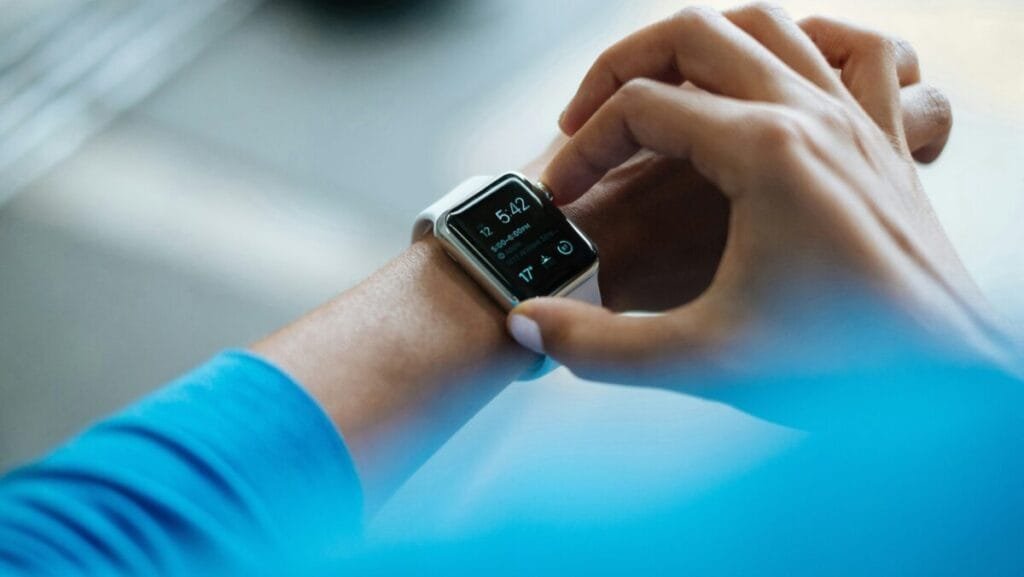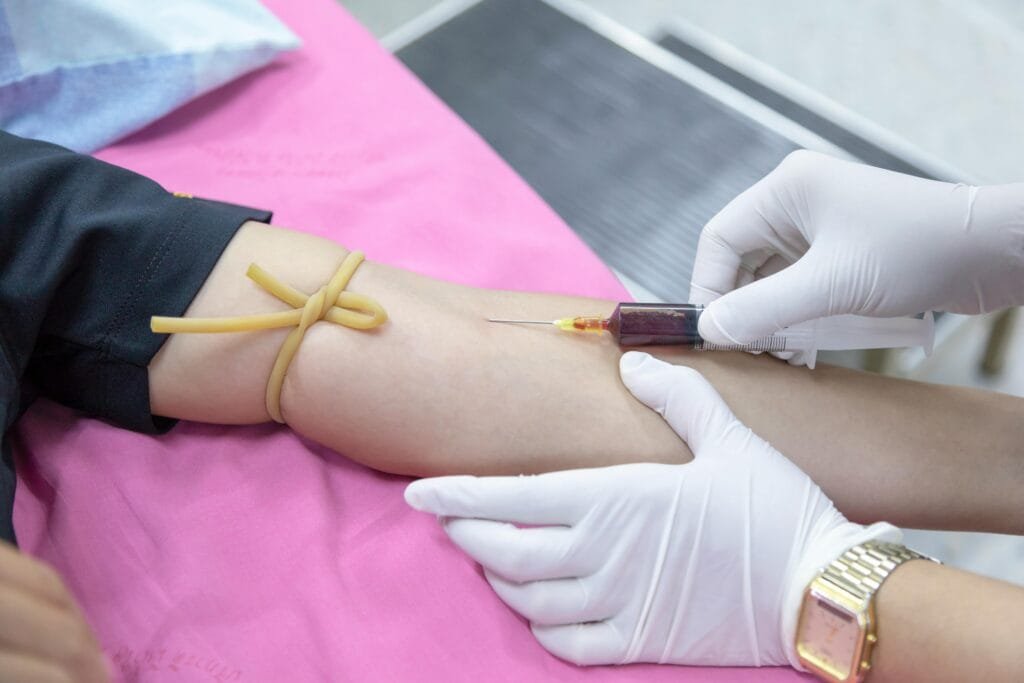The Rise of Wearable Health Technology: Empowering Patients for Improved Health
Introduction to Wearable Health Technology
In recent years, we have witnessed a remarkable rise in wearable health technology, revolutionizing the way patients manage their health. These innovative devices, ranging from fitness trackers to smartwatches and biosensor patches, have empowered individuals to take an active role in monitoring their well-being. This blog will explore how wearable health technology is transforming patient care, enhancing health outcomes, and fostering a culture of preventive healthcare, while highlighting cutting-edge examples and their real-world applications.

The Impact of Wearable Devices on Patient Care
Wearable health devices have dramatically changed the landscape of patient care by providing real-time health data. These gadgets make it possible for patients to track their vital signs, physical activity, and other essential health metrics without the need for constant clinical supervision. For instance:
- Smartwatches like the Apple Watch Series 6 and Samsung Galaxy Watch 3 now include ECG capabilities, detecting irregular heart rhythms such as atrial fibrillation (AFib) and alerting users to seek medical attention 47.
- Continuous Glucose Monitors (CGMs) like Dexcom’s Stelo and Abbott’s Libre Sense allow diabetes patients to monitor blood sugar levels in real time, reducing reliance on invasive finger-prick tests 25.
- Microfluidic patches analyze biomarkers like cortisol levels for stress management, enabling personalized interventions 1.
These devices not only empower patients but also streamline care coordination. For example, integration with Electronic Health Records (EHRs) ensures clinicians receive accurate, continuous data for proactive decision-making 1. Remote monitoring tools like Philips Biosensor BX100 even aid in post-surgical recovery, alerting healthcare teams to complications before they escalate 7.
Fostering a Preventive Health Approach
Wearable technology is reshaping healthcare from reactive to preventive. By encouraging users to maintain healthy habits, these devices contribute to long-term wellness:
- AI-driven predictive analytics in devices like the Oura Ring analyze sleep patterns and physiological signals to predict health risks, such as infections or metabolic imbalances, before symptoms appear 39.
- Stress management wearables, such as Empatica’s Embrace3, use biosensors to detect anxiety triggers and guide users through breathing exercises 11.
- Community-driven platforms like Fitbit’s health coaching leverage social accountability, allowing users to share progress and compete in fitness challenges 49.
These tools also address niche health needs. For example, Amira Terra focuses on menopause management by tracking hot flashes and offering cooling solutions, while IdentifyHer uses AI to personalize symptom relief for women 89.
Emerging Innovations in Wearable Health Tech
The future of wearables is marked by hyper-personalization and advanced AI integration:
- AI-Powered Prosthetics: Companies like Esper Bionics develop adaptive robotic limbs that learn user movement patterns, enhancing mobility for amputees 4.
- Smart Fabrics: Sensor-embedded clothing, such as Wearable X’s yoga pants, provides haptic feedback to improve posture and exercise form 4.
- Mental Health Tracking: EEG-equipped earbuds like NextSense monitor brain activity to detect early signs of epileptic seizures or cognitive decline 8.
- Non-Invasive Diagnostics: Smart contact lenses under development track glucose levels through tears, offering a pain-free alternative for diabetics 9.
Do you know about Lactobacillus acidophilus
Challenges and Future Directions
While wearables offer immense potential, challenges remain:
- Accuracy and Regulation: Consumer-grade devices often lack clinical validation, raising concerns about data reliability 10.
- Battery Life and Usability: Daily charging and complex interfaces may deter older users 10.
However, advancements in 5G connectivity and edge computing promise to enhance real-time data processing, while FDA-cleared devices like AliveCor’s KardiaMobile 6L set higher standards for medical-grade wearables 710.
Know more about Lactose Intolerance
Conclusion
The rise of wearable health technology signifies a shift toward collaborative, patient-centered care. Empowered with real-time data and robust analytics, individuals are taking charge of their health like never before. From detecting cardiac anomalies to managing chronic conditions, these devices are paving the way for a healthier, more proactive future. As technology evolves, the integration of AI, biosensors, and telehealth will further bridge gaps in healthcare access and outcomes.
References
8 Wearable Technology Examples – StartUs Insights
14 Emerging Wearable Health Technologies Transforming Remote Care – Forbes
15 Examples of Wearable Technology in Healthcare – BuiltIn
Wareable Hot List: 24 Innovations for 2024 – Wareable
Top 10 Wearable Healthcare Devices – Healthcare Digital
IoT Wearables in Healthcare – Avenga
5 Examples of Wearable Devices in Healthcare – Business Insider
CES 2024 Health Wearables – Wareable
10 Wearable Healthcare Devices Changing Medicine – Omnivate Telehealth
Trends in Wearable Healthcare Technology – HealthTech Magazine
Read Articles in Innovation, click here.




